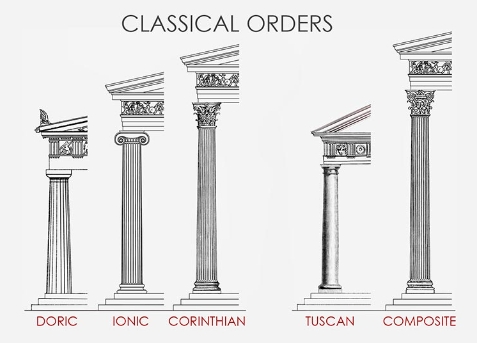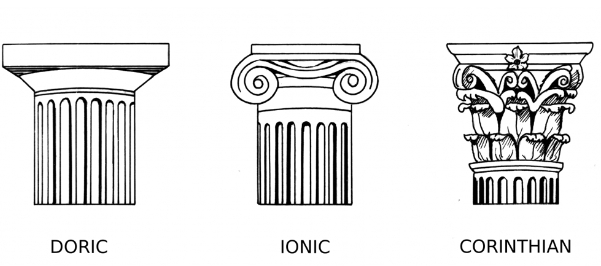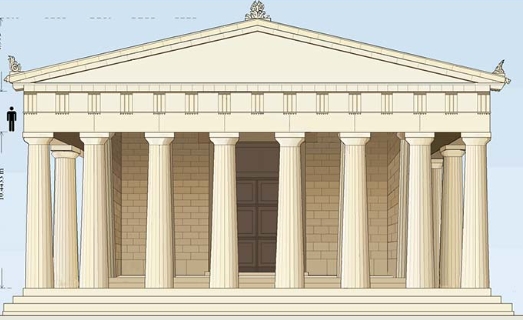The Corinthian Classical Order is a classic order in ancient Greek architecture, known for its exquisite and gorgeous decorative style. Compared with the Doric and Ionic orders, the Corinthian order is more complex in design, and its common feature is the exquisite acanthus leaf carvings on the top, which adds elegance and delicate beauty to the building. It was widely used in public buildings, temples and other places in ancient Greece and Rome, symbolizing the high development of prosperity and culture.
The Corinthian order originated in Greece, but reached new heights in the ancient Roman period and became an indispensable element in luxurious buildings. It is not only used to support the structure of the building, but also plays an important role in aesthetics. The capitals of the Corinthian columns are beautifully carved, often combined with natural elements such as flowers and scroll patterns, which makes the building look more magnificent as a whole. In architectural design, the Corinthian order is often used to express the nobility and solemnity of the building, and is common in large buildings such as temples, palaces and monuments.
In contemporary architecture, the Corinthian order is still an important source of inspiration for classical architectural design. Many architects still refer to this classic element when designing solemn and elegant buildings. The Corinthian order is not only a decoration of the building, but also a symbol of culture and history. In modern architecture, designers often use this order to evoke people’s reverence for classical civilization. At the same time, many sculptures with ancient Greek statues also appear in the building together with the Corinthian order, adding a strong historical and cultural atmosphere to the overall design.



